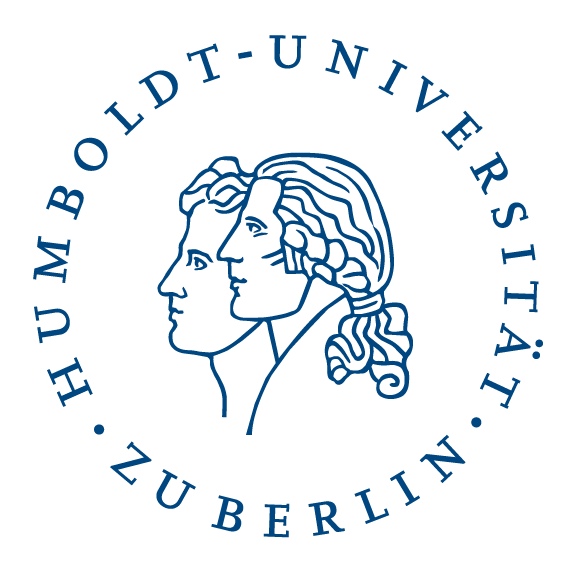

Till Grallert
Scholarly Makerspace
Universitätsbibliothek
Humboldt-Universität zu Berlin

Authorship signal is prevalent in most frequent words, i.e. function words
stylo() package (Eder, Rybicki, and
Kestemont ‘Stylometry with R’ 2016)stylo() settingsstylo()tidygraph() and
igraph()
ggraph() and
ggplot2()(Romanov and Grallert ‘Parameters for Stylometric Authorship Attribution’ 2022)
ward.D2 in
hclust) for authors and works| Periodical | Place | Dates1 | Vol.s | No.s | Words | Articles | with author | 2500+ words | words/ article | Authors | DOI |
|---|---|---|---|---|---|---|---|---|---|---|---|
| al-Ḥaqāʾiq | Damascus | 1910–13 | 3 | 35 | 298090 | 389 | 41.90 | 22 | 832.66 | 104 | 10.5281/zenodo.1232016 |
| al-Muqtabas | Cairo, Damascus | 1906–18 | 9 | 96 | 1981081 | 2964 | 12.72 | 241 | 873.34 | 140 | 10.5281/zenodo.597319 |
| al-Zuhūr | Cairo | 1910–13 | 4 | 39 | 292333 | 436 | 41.51 | 6 | 695.09 | 112 | 10.5281/zenodo.3580606 |
| Lughat al-ʿArab | Baghdad | 1911–14 | 3 | 34 | 373832 | 939 | 16.19 | 21 | 485.21 | 53 | 10.5281/zenodo.3514384 |
| total | 19 | 204 | 2945336 | 4728 | 290 | 622.96 | |||||
| — | — | — | — | — | — | — | — | — | — | — | — |
| al-Ustādh | Cairo | 1892–93 | 1 | 42 | 221447 | 435 | 5.52 | 13 | 582.21 | 8 | 10.5281/zenodo.3581028 |
Plain text files of >2500 words
Anonymous travellogue in Lughat al-ʿArab most likely written by the magazine’s editor Kāẓim al-Dujaylī
A cluster of texts potentially written by Ibn al-Muqaffaʿ (d. 759) and edited by Ṭāhir al-Jazāʾirī
Unmarked translations of Shakespeare’s “Julius Caesar” in al-Zuhūr
Texts by Shukrī al-ʿAsalī, later MP for Damascus and co-editor of one of Muḥammad Kurd ʿAlī’s newspapers
Historical texts by Charles Seignobos translated by Muḥammad Kurd ʿAlī.
When does the distance measure become unrealiable?
Muḥammad Kurd ʿAlī (blue) most likely not the author
Multiple anonymous candidates?
Authorship of Anastās Mārī al-Karmalī and Kāẓim al-Duyalī more likely
Authorship of Anastās Mārī al-Karmalī and Kāẓim al-Duyalī more likely
The current cut-off date is 1918.↩︎